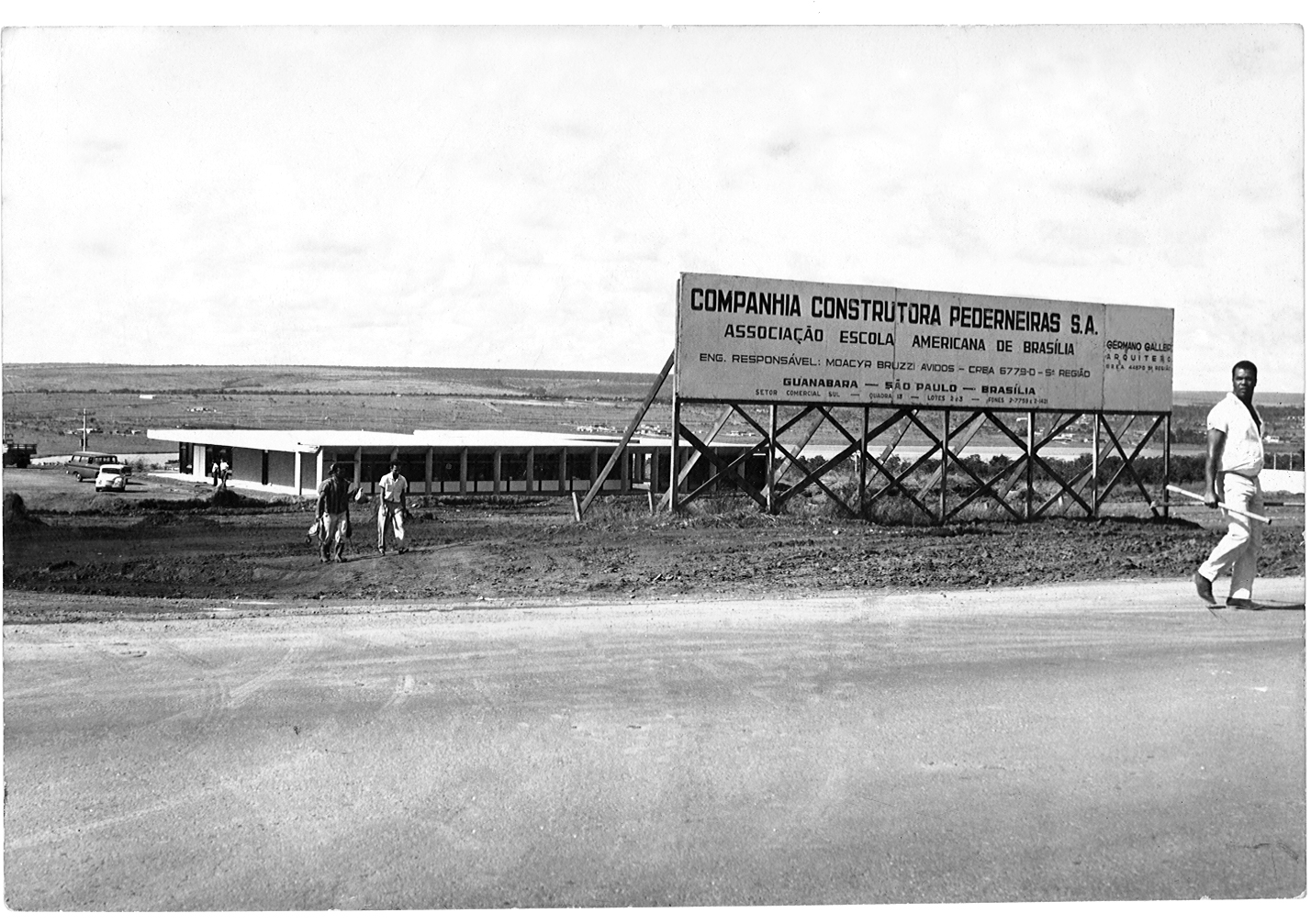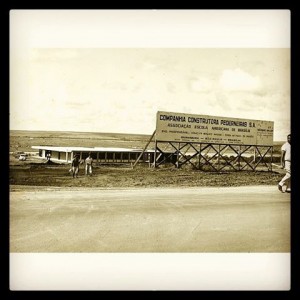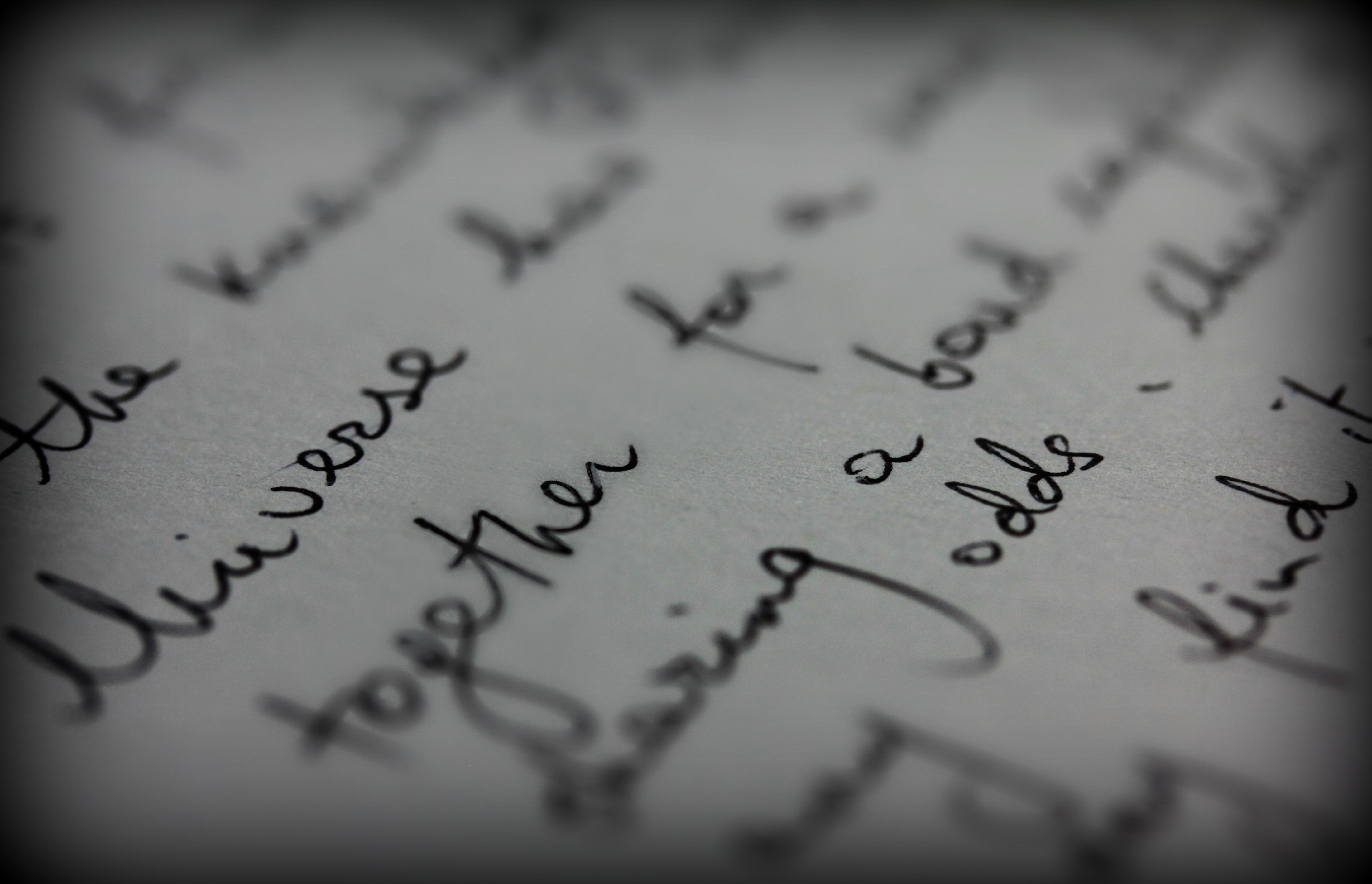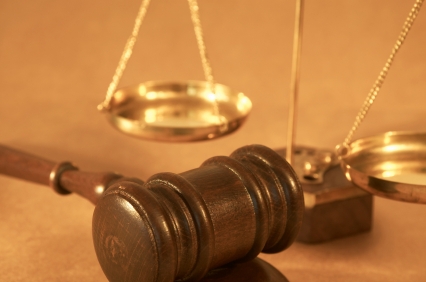In August of 1961, EAB opened its doors for the first time and offered classes to a small group of students in an apartment in 113 Asa Sul. A few years later, the construction of the school’s first building, located at EAB’s current site, was completed. It was this move, in part, to a permanent facility that provided EAB with the facilities and resources to develop into an internationally recognized American school serving the American, Brazilian, and international communities.
The fact that EAB has been in existence for approximately the same time period as its host city highlights a unique aspect of the relationship EAB has with Brasilia. What also makes EAB special is the large number of families who are enrolling a third generation of their children at the school, demonstrating their long-term commitment to EAB and the deep connection families have with the school. The same can be said of the international communities and the 52-year relationship embassies and institutions have developed with EAB during this time period. It is also striking to note the large number of EAB alumni who return to work at the school and continue as members of this very special community.
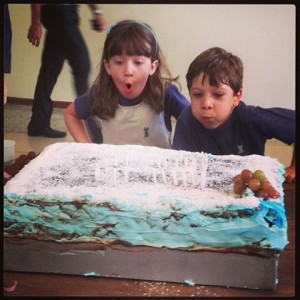
Students celebration EAB’s 52nd Birthday
The long-term relationship between EAB families, alumni and teachers has been fostered, in part, through identification with the school’s mission. During the last 52 years, EAB’s mission has guided our community and provided a framework for the development of the holistic educational program that EAB is known for in international and local school settings. The ideals of the current mission will continue to act as a compass to guide the future development of academic programs, facilities, and hiring processes.
MISSION: The American School of Brasilia serves the International and Brazilian communities by providing a U.S. and Brazilian accredited pre-K through 12th grade program and International Baccalaureate Diploma in a culturally diverse atmosphere. Our English-language school develops and supports the whole child in achieving his or her own potential. Through a differentiated, innovative learning experience, we cultivate responsible and contributing citizens, leaders, and environmental stewards with a strong foundation of academic excellence.
Borrowing a phrase from Isaac Newton, it is only by standing on the shoulders of those who worked so hard before us to establish EAB as a school of distinction that we are able to better foresee the future to ensure EAB is a leader among the best schools. While we will continue to celebrate EAB’s rich history, our school must not only adapt to the ever-accelerating societal changes that will influence the learning process, but also anticipate future societal changes that will impact education such that EAB is at the forefront of the innovation curve. This is certainly easier said than done but it is the only acceptable way forward. It is the very least we must do for the sake of our children and future generations.
Barry Dequanne
Head of School
Celebrando a História e Construindo para o Futuro
Em agosto de 1961, a EAB abriu suas portas pela primeira vez e ofereceu aulas para um pequeno grupo de alunos em um apartamento na quadra 113 da Asa Sul. Alguns anos depois, a construção do primeiro prédio da escola foi concluída no local onde agora fica a EAB. Em parte, foi essa mudança para uma instalação permanente que deu a EAB as instalações e recursos necessários para crescer e se tornar uma escola americana, internacionalmente reconhecida, que atende à comunidade americana, brasileira e internacional.
O fato de que a EAB existe há quase o mesmo número de anos que a cidade onde foi construída, destaca o aspecto único da relação da EAB com Brasília. O que também torna a EAB especial é o grande número de famílias que estão matriculando a terceira geração de suas crianças na escola, demonstrando seu longo compromisso com a EAB e a conexão profunda que essas famílias têm com a escola. O mesmo pode ser dito sobre as comunidades internacionais e a relação de 52 anos com embaixadas e instituições que cresceram com a EAB nesse período de tempo. Também é impressionante notar o grande número de ex-alunos que retornam para trabalhar na escola e continuam como membros dessa comunidade tão especial.

Alunos Celebrando o 52º Aniversário da EAB
Essa longa relação entre as famílias da EAB, ex-alunos e professores foi estimulada pela identificação que as pessoas têm com a missão da escola. Durante os últimos 52 anos, a missão da EAB guiou nossa comunidade e promoveu a estrutura para o desenvolvimento do programa educacional holístico pelo qual a EAB é reconhecida nas comunidades internacionais e locais. O ideal da missão atual continuará a servir de bússola para nos guiar até o desenvolvimento de futuros programas acadêmicos, instalações e processos de contratação.
MISSÃO: A Escola Americana de Brasília atende às comunidades internacional e brasileira, em um ambiente cultural diverso, oferecendo um programa credenciado de educação dos Estados Unidos e do Brasil, do ensino infantil até o ensino médio, e Diploma de Bacharelado Internacional. Nossa escola de língua inglesa desenvolve e apoia a criança como um todo para que ela possa atingir todo o seu potencial. Através de uma experiência diferenciada e inovadora, nós cultivamos cidadãos responsáveis e contribuintes, líderes e administradores ambientais, com uma base sólida em excelência acadêmica.
Pegando emprestada uma frase de Issac Newton, digo que é somente nos colocando de pé nos ombros daqueles que trabalharam com tanto empenho antes de nós para estabelecer a EAB como uma escola de distinção que poderemos vislumbrar o futuro e assegurar que EAB seja líder entre as melhores escolas. Enquanto continuamos a celebrar a rica história da EAB, nossa escola deve não somente se adaptar às contínuas mudanças sociais que agora acontecem em um ritmo acelerado, mas também deve antecipar futuras mudanças sociais que vão impactar a educação, de tal forma que a EAB continue a frente da curva da inovação. É muito mais fácil falar do que fazer, mas é a única forma aceitável de continuarmos em frente. É o mínimo que podemos fazer pelo o bem das nossas crianças e pelas gerações futuras.
Atenciosamente,
Barry Dequanne
Diretor Geral
